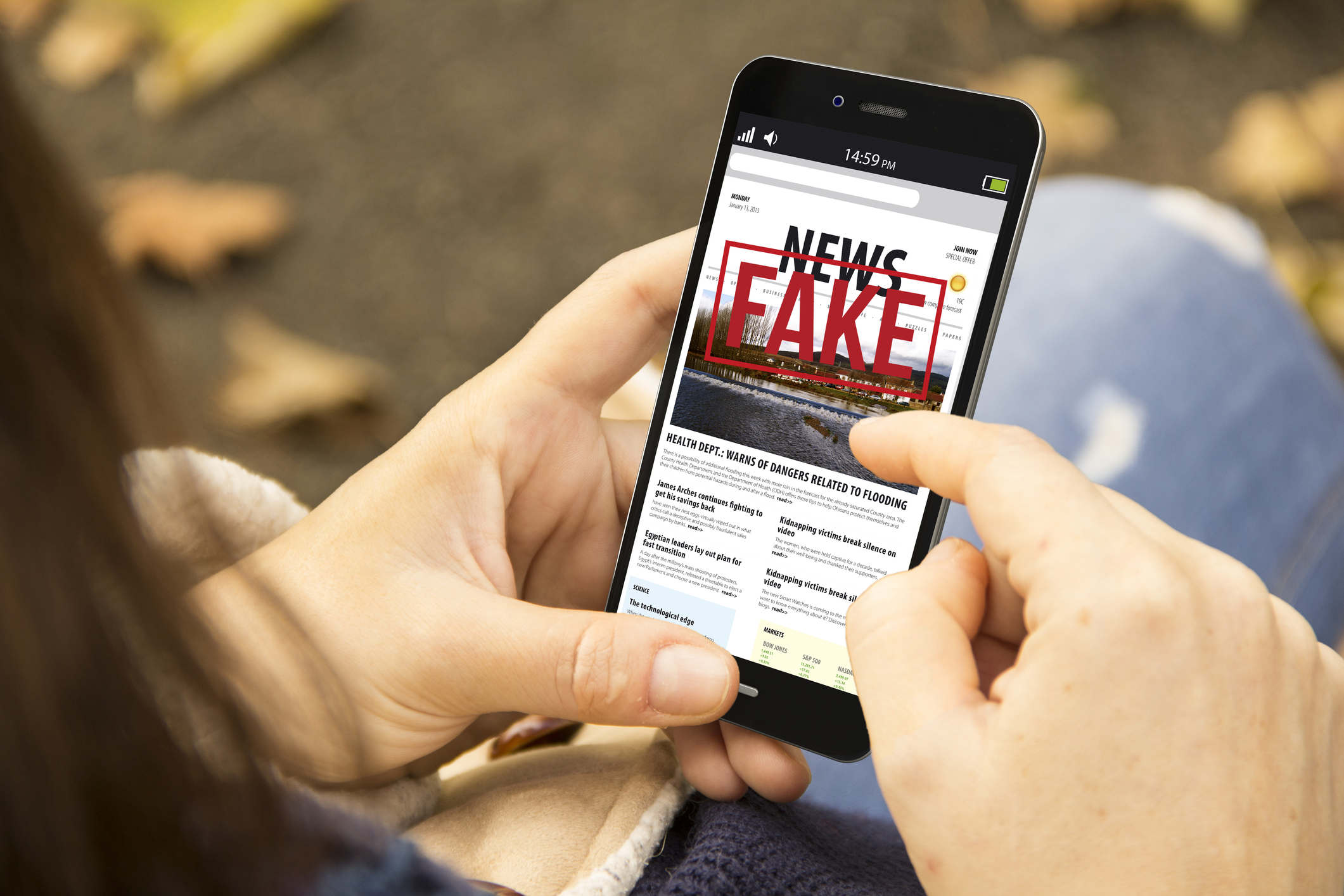A Quick and Easy Guide to Fake News
Fake news is nothing new, but thanks to having a more connected, digital world that’s filled with social media apps, it’s a lot more common than it used to be! More importantly, it’s easy to fall victim to fake news, whether it’s about microwaving your smartphone to charge it (please don’t do this) or that 5G causes COVID-19 (it doesn’t), fake news can affect every aspect of our lives without us realising it. Fortunately, there are some easy ways to evaluate the news items that come up on your feed to help you tell the real news from the fake.
Why is Fake News a Problem?
It’s important to be vigilant for fake news and critical of the content we read online because it has real-life consequences. Sometimes the consequences are minimal or even pretty funny, but they can also be devastating.
For example, the funny microwave-your-smartphone item is serious property damage that could cause a fire. Basing medical and political decisions on fake news can cause real-life changes, including impacting your health and society at large. And it prevents you from getting the benefits of real, accurate news.
Simply put, if we want to make the best possible decisions, we need accurate information.
How to Spot Fake News
Like all scams, whether it is malicious or not, fake news can be exceedingly clever and sophisticated. To spot it, you should always:
- Verify claims – If an article or piece of content is making a claim, it’s better to treat it as fake news if they cannot back up this claim with high-quality sources and evidence. Look for links to trusted sources, credible domains, and other articles from trusted sources on the same issue.
- Take out the emotion – Fake news tends to play towards our most extreme feelings – our fears for our health, our safety, and our way of life, which makes fake news feel more realistic. If you read something that taps into strong emotions, take a minute and step back. Run fact-checks and look for social media warnings on the content rather than letting your emotions take the wheel.
- Lack of credentials – Another general rule to follow is to check the author of that content out. Look for their credentials and how they relate to the topic, Google them to find out who they are, and who they work for.
- Check the date – Sometimes fake news is recycled old news. It’s not inaccurate, but it’s out-of-date – like seeing breaking news about a bush fire but only later realising it’s from a year ago. Often, on social media, people will see some important content and share it so that it goes viral. The item looks current, but Googling the news item can show you exactly when it’s from.
- Check your biases – Everyone has some biases, whether it’s over a political issue, values, or even the branding of your favourite piece of tech. it’s important to be aware of our own biases and not automatically jump on board with content that supports this bias. Read widely on the topic from good sources and absorb different viewpoints. This way, people are less likely to automatically share content or believe it’s true just because it supports our individual viewpoints.
At Otto, we’re all about making tech human – and that means delivering IT solutions that work for your business, make your life easier, and solve your problems rather than adding to them. Chat to our team today about managed IT services, IT support, or upgrading your IT systems.



